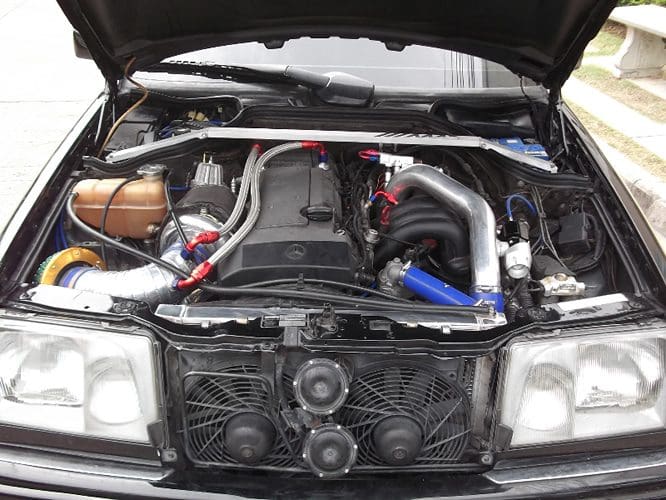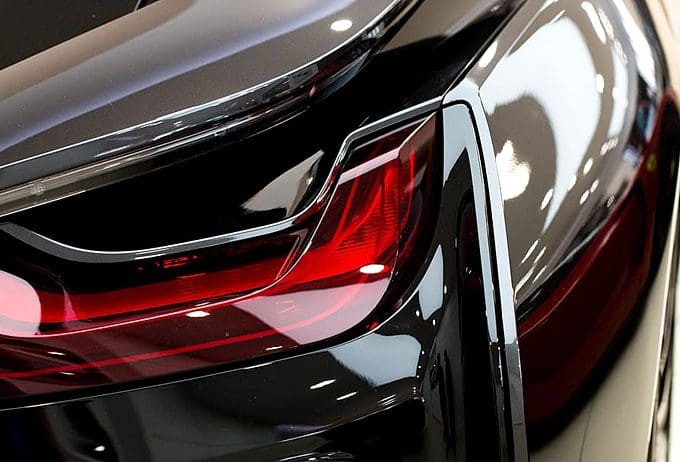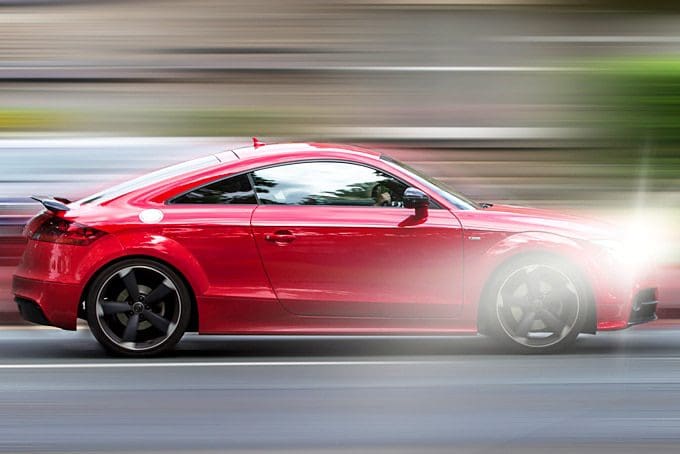words Al Woods
Turbocharger, or turbo as it is commonly referred to, is a common word among automobile enthusiasts. Most Americans have come to associate the word turbo with high automobile speed. Considering the work that’s turbochargers do, it’s an apt association.
With the recent impact of racing movies like fast and furious and death race, the concept of turbocharging cars is more popular than ever before. A lot of people have taken to improving their cars with turbos from Goldfarb Inc and other similar stores.
Turbochargers are induction machines that increase the efficiency of the internal combustion in a car’s engine by forcing more air into the combustion chamber. Typical engines require atmospheric pressure to help air suction into the combustion chamber. With Turbochargers, the forced air suction triggers a proportional amount of fuel, the combustion of which makes more power available for the driver.
Turbochargers are not popular just because they increase the speed of a car; they’re also well-loved because they improve engine fuel efficiency. Turbos are connected in such a way that they take in waste power from a car’s exhaust and use it to compress air before letting it out into the combustion chamber. This ensures that every joule of energy is used up before being passed off as waste. Incidentally, the energy efficiency of turbos also makes them great for reducing emissions from cars.
Car manufacturers also love turbo because it helps them utilize smaller and lighter engines while achieving high energy efficiency. In Europe over 75% of the cars to be produced in 2020 are expected to have turbo engines. The USA is expected to hit similar numbers of turbo engine cars in 5 years from then.
It is legal to install turbos in most states in the US provided your car stays below the emission limits. Turbochargers can be used in both gasoline and diesel-powered cars. Since they’re more common in diesel engines, they’re also commonplace in trucks. It’s, however in aircraft that they find the most use. They are crucial to the aerodynamics required for flight.
How Turbochargers work
The exhaust of cars contains hot gases coming out speed. These gases contain heat and kinetic energy that is typically let out into the atmosphere as waste. Turbos make use of this hot gas to compress the air that it sucks in. They then push this air into the engine cylinders, allowing them to burn more fuel and produce more power.
That’s the easy explanation. To really understand how a turbo works, you have to take a look at its most essential parts. The parts are typically replaceable and can be substituted to improve performance. Here are the most important parts of a turbine:
- Turbine: a turbine is essentially a fan that is placed along the path of the exhaust stream. When the hot exhaust steam flows past it, it rotates the turbine. This rotational speed can go as fast as 250,000 rpm. The motion from the turbine is used to generate motion in the compressor. The characteristics of the turbine, especially the size and number of blades, have a significant effect on the efficiency of a turbocharger.
- Compressor: the compressor’s job is to increase air intake into the combustion chamber. It is made up of an impeller (another fan) a diffuser and a volute housing. The impellers blades draw in air as they rotate. This air is transferred to the diffuser where it is compressed and finally sent into the combustion chamber through the volute housing.
- Centre Hub Rotating Assembly: it contains the shaft linking the compressor impeller and the turbine to transmit motion from one to the other.
Types Of Turbochargers
In a bid to improve efficiency, turbos have come in a few different designs over time. Here are some of the popular ones:
- Twin-turbo: this design involves placing two Turbochargers side by side either in series or in parallel. In parallel, both the turbine of turbochargers are each fed by half of the exhaust’s effluent. On the other hand, the series configuration requires one turbo usually at a lower velocity feeding into another turbo of a predetermined speed.
- Twin scroll turbo: also known as a divided turbo, it typically contains two exhaust gas inlets and two nozzles (pressure outlets). The design can be made to have a smaller, sharper angle that reduces response time or a larger, less angle to increase performance.
- Variable geometry turbo: this category of turbo uses movable vanes to regulate the airflow into the turbine, therefore, allowing for optimal use.
Advantages of Turbochargers
- Increased power: turbos increase the airflow into the combustion chamber. This, in turn, causes a proportional increase in fuel combusted, thereby making more power available per second to the car driver. Using a turbocharger, you get more power output from the engine on every stroke of the piston than without one.
- Increased Fuel efficiency: using a turbo with an engine typically results in more fuel consumption per piston stroke. While that is true, it also means that a smaller engine can be paired with a turbocharger to generate similar results as a bigger engine. In practice, a turbocharger can save up to 10% of fuel consumption.
- Cleaner emissions: Since the hot gases in the exhaust, it ensures that the fuel is thoroughly burnt. This resulting gas that is passed out is significantly cleaner than from a regular exhaust.
Disadvantages of Turbochargers
- Turbochargers add to the complexity of a car’s engine.
- Turbochargers result in increased pressure and temperature around a car’s engine, typically resulting in shorter lifespans for engines.
- Turbocharged cars can be tricky to drive due to a lag in initiation time.
Turbochargers vs Superchargers
Although turbos were initially classified as superchargers, there are stark differences between both types of equipment. They both have a similar function in that they use forced induction to increase the power available in an automobile.
The main difference between both is how they derive energy. While turbos make use of the heat and kinetic energy from the car’s exhaust, superchargers rely on energy from the car’s crankshaft.
Turbos have the advantage of being able to provide more power, fuel economy and cleaner emissions over superchargers. However, the linear production of power form superchargers makes for a smoother experience when bumping up the speed.









